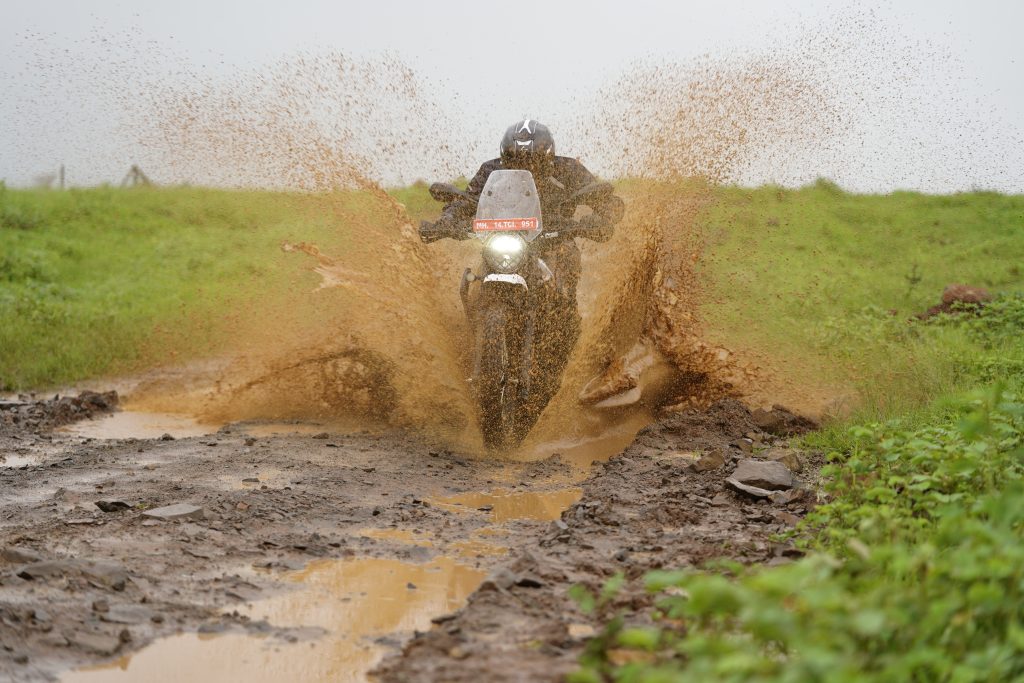
The Yezdi Adventure was launched two years ago. It was aimed at taking a dig at the sales of entry-level adventure bikes. The updated bike for 2024 makes that even clearer
Story: Charan Karthik
Photography: Sanjay Raikar
Ah, the Yezdi. A name that instantly reminds me of the tapa-tap-tapa-tap twin exhaust sound, the distinct smell from the single-cylinder, two-stroke motor, and a time when two and a half lakh rupees got you at least three cars. The two-stroke Yezdi Roadking used to remind me of a fat bicycle with a motor. Well, all of that has changed, drastically. Gone are the days when bikes used to be that simple and fuss-free. These days you will not get three cars for that amount, but you can definitely get the latest Yezdi.
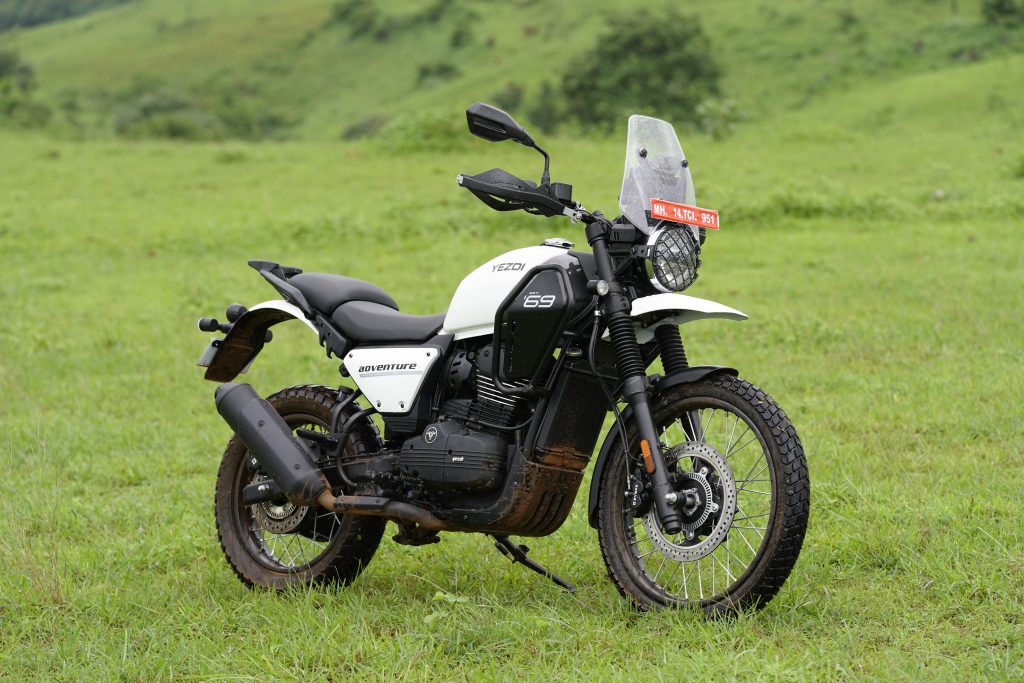
Codenamed the Alpha2 now, the 334-cc single-cylinder unit continues to do duty, albeit in a different state of tune. The engine is the same unit that does work on the Jawa 350 but, again, in a different state of tune. We were invited to the Pro Dirt Adventure Park to experience the bike and, man, experience we did.
After a short briefing session, all of us suited up and headed out in the rain not knowing what to expect. The bikes were all washed, wet but clean. We got the beautiful Glacier White Dual Tone colour (top-of-the-line), the best one in the entire line-up in my opinion.
The new Yezdi is a little crude while starting up; there is a significant delay and the starter cranks for a long time. This might be due to a fuelling issue or a low idling rpm or, maybe, even something to do with ignition electronics. After finding the trick and getting it going, we were immediately taken into the muddy, slushy trails, with the instructor leading us.
In my heart I was not expecting too much from the bike off road and I expected the tyres to slide around quite a bit and for some scraping to occur in the bottom half. I splashed the Yezdi through puddles, thrashed it hard over broken surfaces, rode it through mud that was ankle-deep, and navigated over gravel tracks. I loved every bit of that and it is exactly where the Yezdi shines. Now, with the bottom end tuned for better pull and peak torque kicking in earlier, the first three gears definitely feel tractable. I spent most of the time in gears one and two as they were enough to do the job off road. The six-speed gearbox remains the same, with a light clutch lever action. The gear-shift lever, however, had a hard mechanical feel to it and was very notchy while upshifting. It even hindered the performance of the bike at times. Coming to a stop and flicking it into neutral was also difficult.
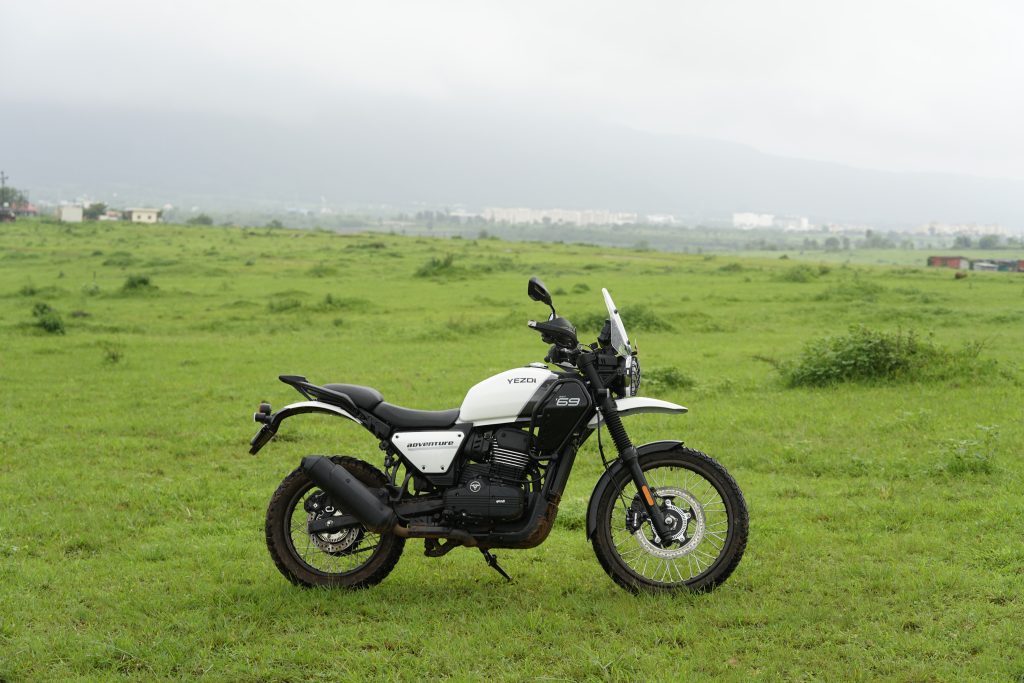
The CEAT Gripp XL tyres were a pleasant surprise off road as they inspired a lot of confidence even when I didn’t trust the bike. The 21-inch front wheel aids better steering and the rear is equipped with a 17-inch one. At the front, there is a 90/90 tyre and the rear gets a 130/80, the latter providing ample confidence for medium level off-roading. Some deep puddles were encountered, the kind that were filled with slush, and not a single problem was thrown up by the tyre. The occasional slip and slide did happen but, hey, you cannot expect everything to be perfect. It is a different story about how the tyres perform on the road. Cornering in wet conditions is not their strongest point.
During my ride out on the road, I noticed the best place for the engine to be to be anywhere between 4,000 and 6,500 rpm where it feels stress-free, perfect for cruising and long-distance touring. The liquid-cooled motor makes 29.6 hp at 8,000 rpm and 29.8 Nm of torque at 5,750 rpm. Pushing the bike above 6,500 produced considerable vibrations on the handlebar, foot-pegs, and even a slight buzz on the fuel-tank. When in third gear, between 4,000 and 5,500 rpm, unlike when in first and second gear, there is a delay in acceleration. Even in fourth and fifth gears, it felt more linear than it did in third. The Adventure takes its own sweet time to get going in third. The immediate rush is absent and is sorely missed.
The standard equipment includes Bluetooth connectivity, turn-by-turn navigation, and switchable ABS modes. Of the three ABS modes—Road, Off-road, and Rain—I spent most of my time in Off-road, where the rear ABS gets completely switched off and the intrusion at the front is minimal. That was proper hardware for off-roading, one that I fully exploited. The bite from both the brakes was just right. The 320-mm disc at the front provided strong feedback and inspired confidence in all conditions. The 240-mm rear one performed admirably well off road. Both callipers are from Bybre.
To say the bike is offroad-biased would be an understatement. In my observation, most of the things have been dialled just right and set up for the road less travelled than they are for the smooth asphalt. The same could be said about the suspension. The telescopic front fork and preload adjustable monoshock perform delightfully on the trails but there is an unsettled feel to them out on the tarmac.
It is common for a rider to stand up on the pegs and ride the bike over big bumps and potholes to get more control and feel from the handlebar. While doing so, I felt the chunky fuel-tank could have been slimmer and the panels could have been set more to the inside. It was hard to hug the bike with the legs as it was too thick for my liking. Rivals are less fat, so to say.
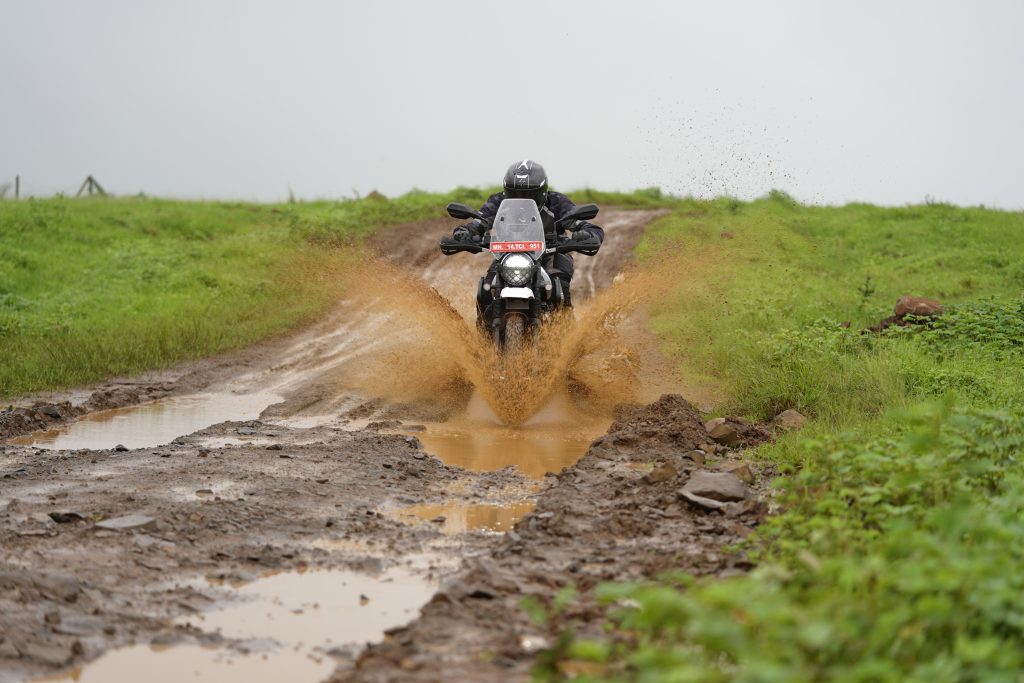
The new Yezdi gets a centrally routed exhaust, one that is focused on deflecting heat from the rider’s feet. As I mentioned earlier, I was expecting the bike to get beaten up a lot over the course of our test. That is where the newly designed sump-guard (or bash-plate) came in useful. I could hear a lot of clunks from rocks hitting the plate, but, in the end, the protector did its job and kept the components of the engine safe and sound.
The Yezdi Adventure is now offered in four new colours, each for a different price. The starting price is Rs 2.10 lakh for the Tornado Black colour, while our test bike, the Glacier White DT, is priced at a range-topping Rs 2.20 lakh (both prices ex-showroom). The price puts it in direct competition with the Suzuki V-strom SX and the KTM 250 Adventure, both of which are more road-focused than the Yezdi.
For the money, the Yezdi Adventure offers a lot of equipment, a capable motor, and a good braking system. The reliability of the engine can only be proved over a long period. If one can overlook the lack of dealer network and the availability of spares, the Adventure is a no-brainer as it offers much-needed kit for touring. At a time when the Royal Enfield Himalayan 450 is costly and the Hero Xpulse 200 4V is underpowered, the Yezdi smoothly bridges the gap between the two.

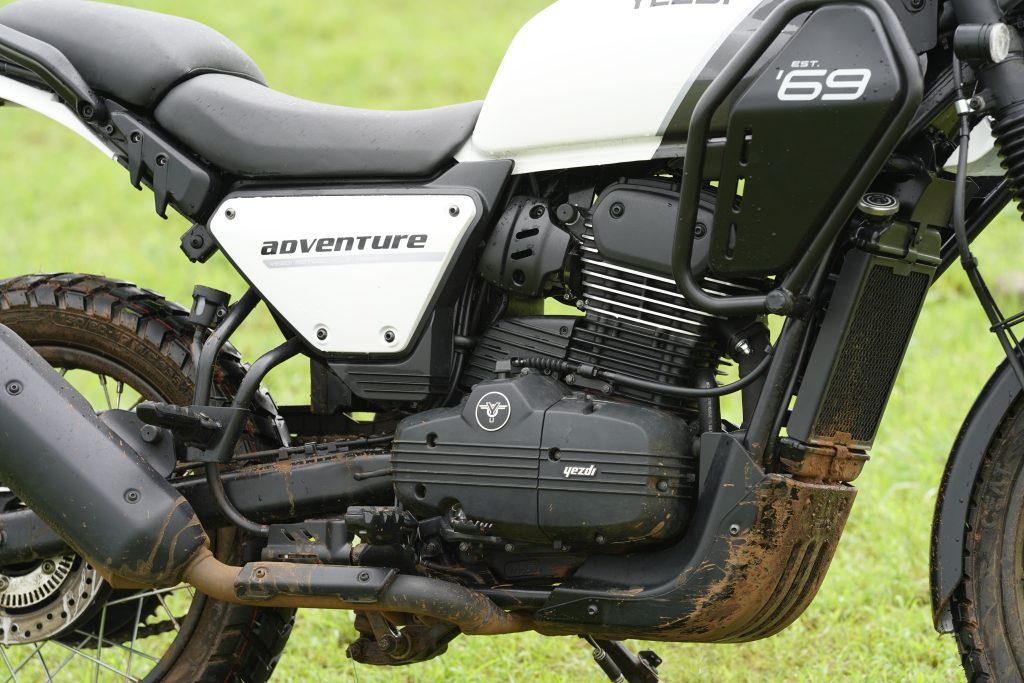
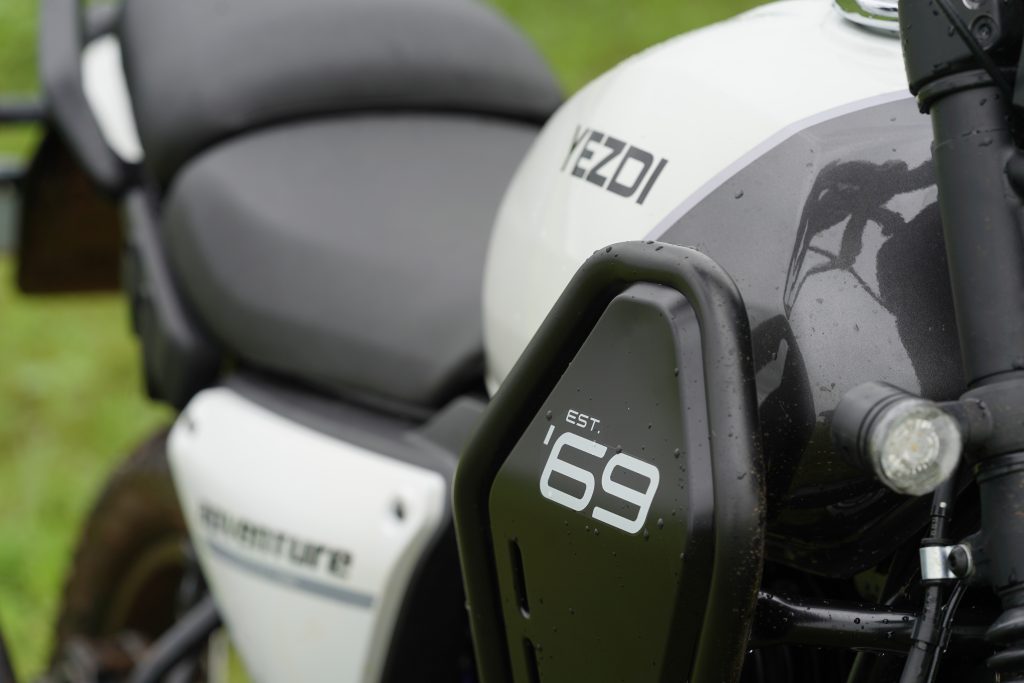
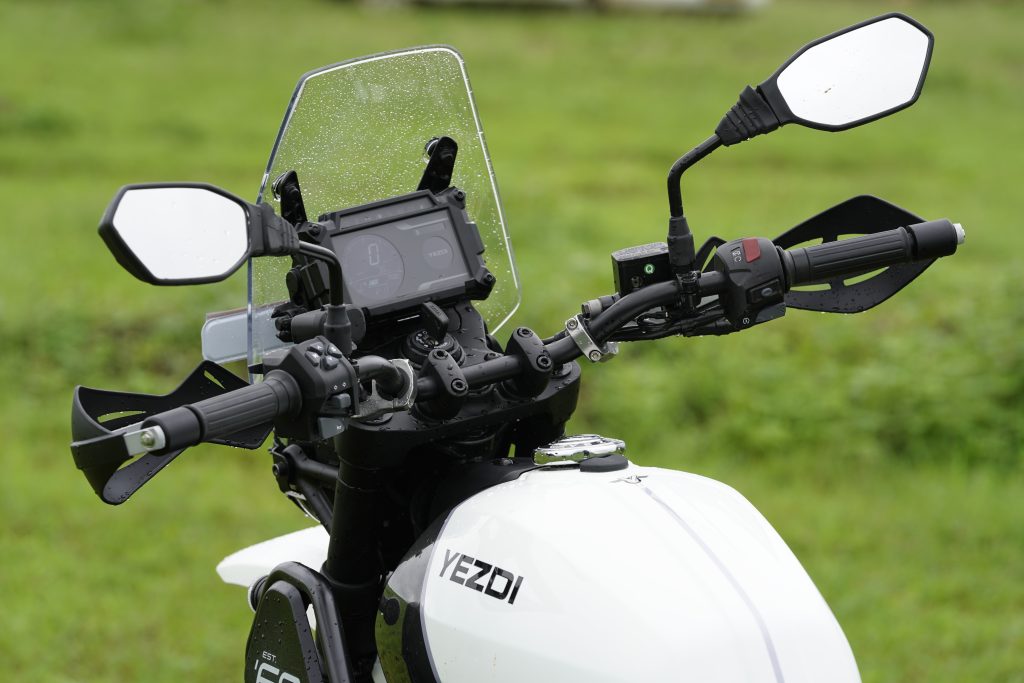
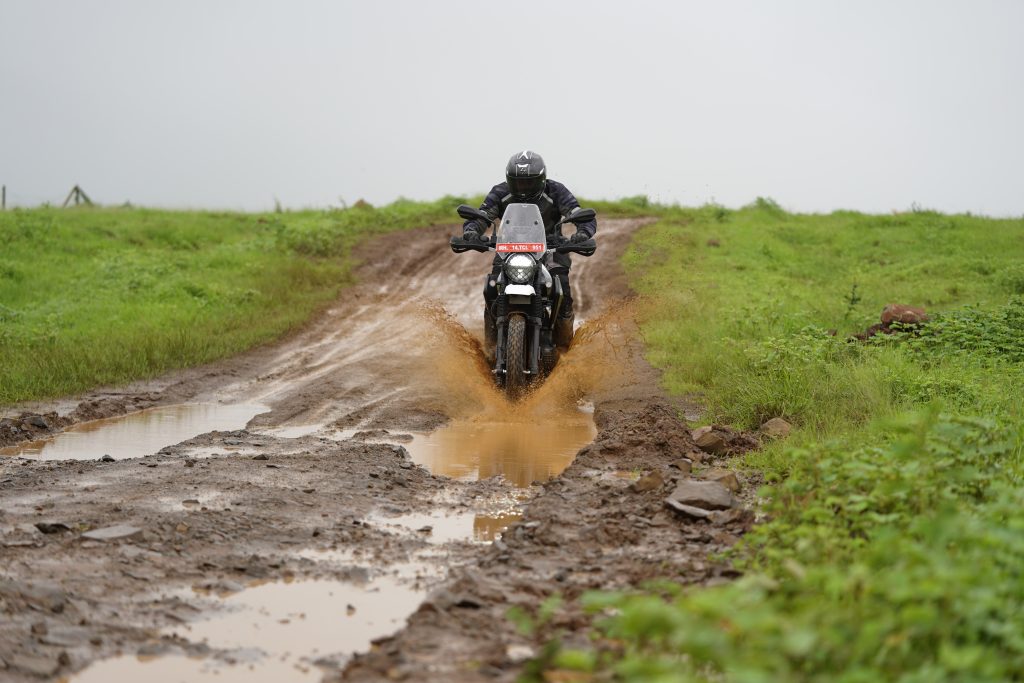
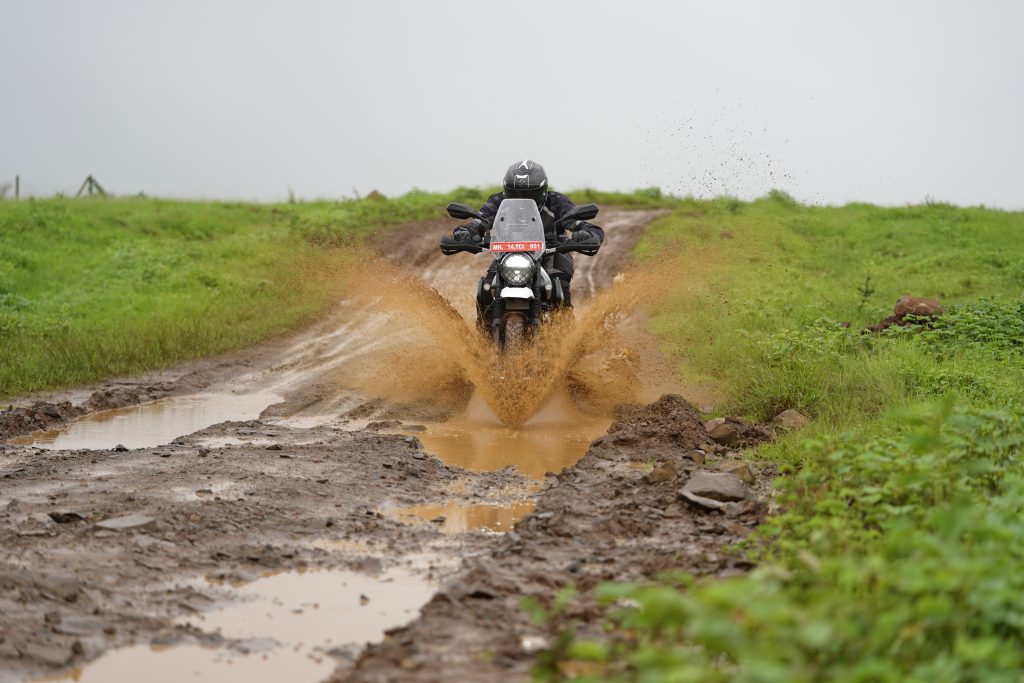
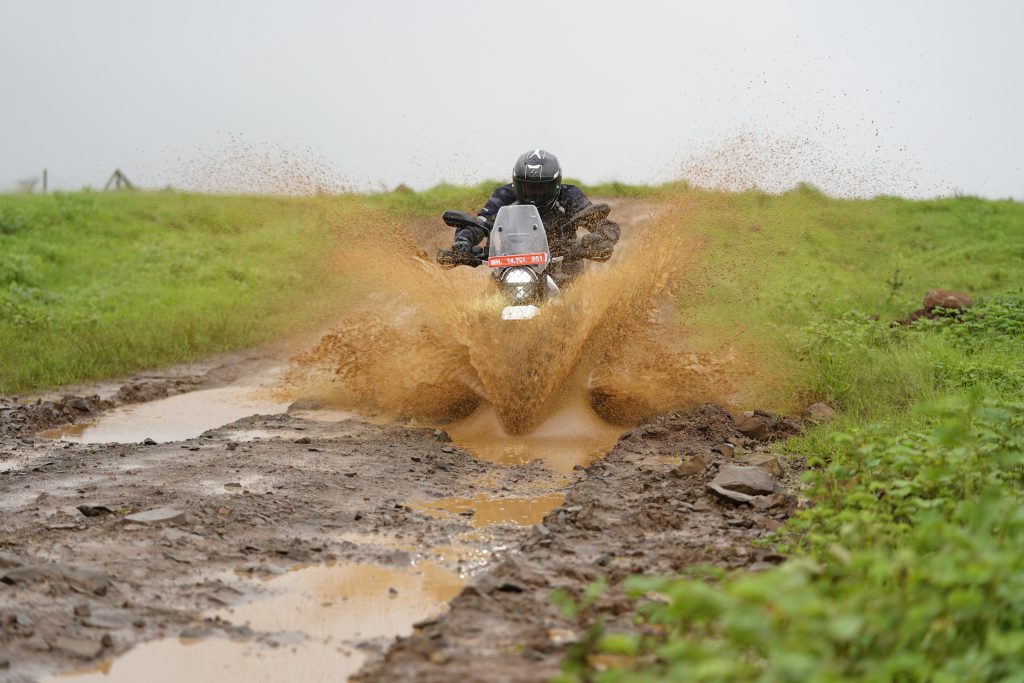
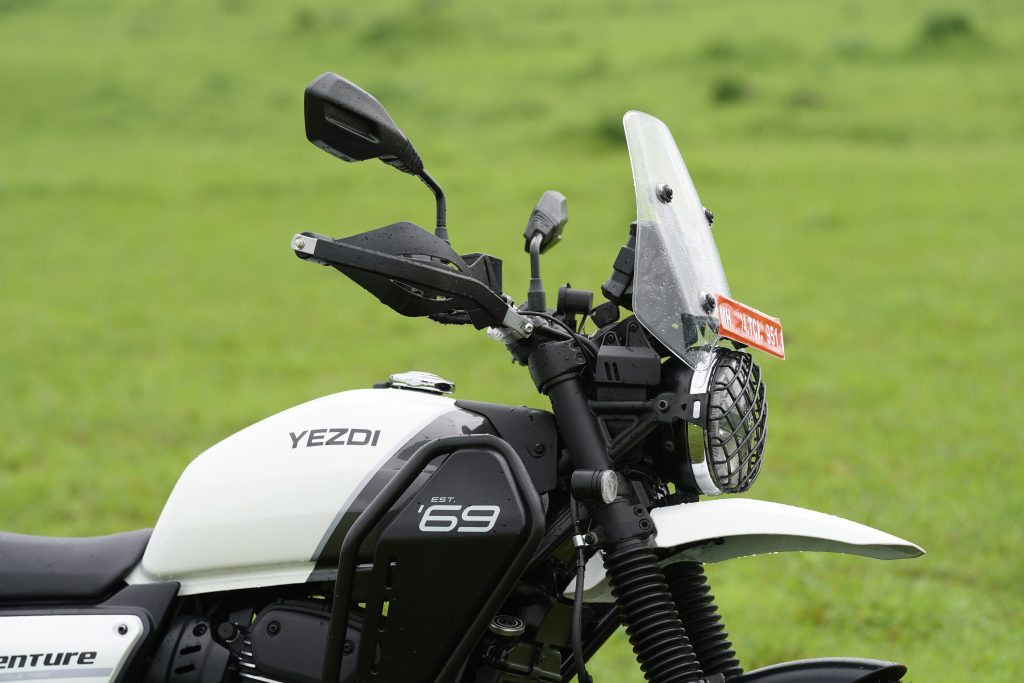
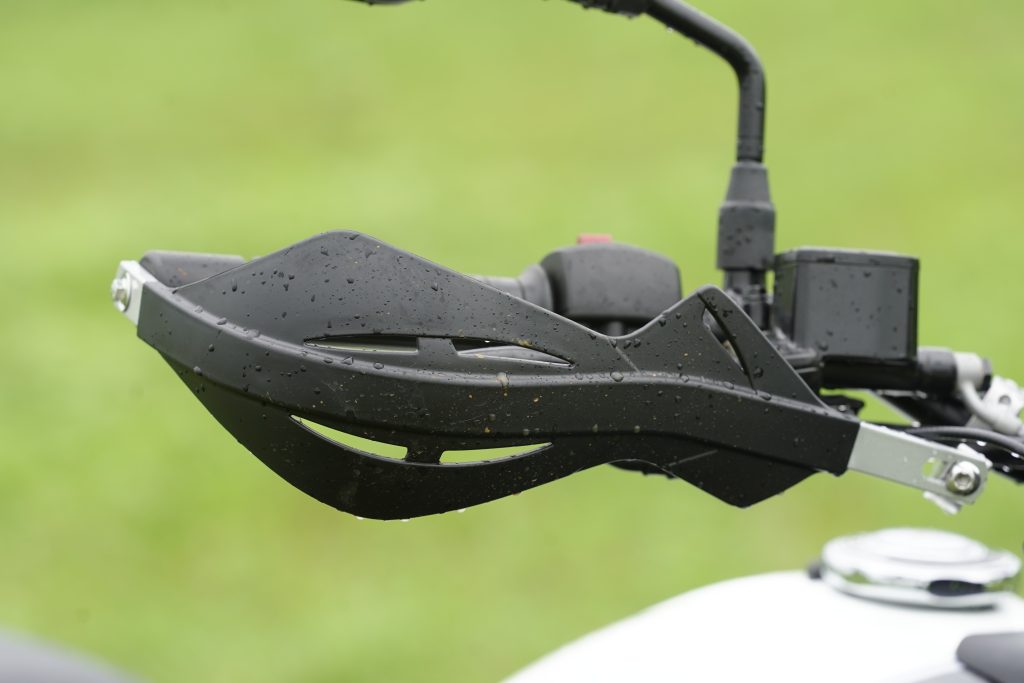
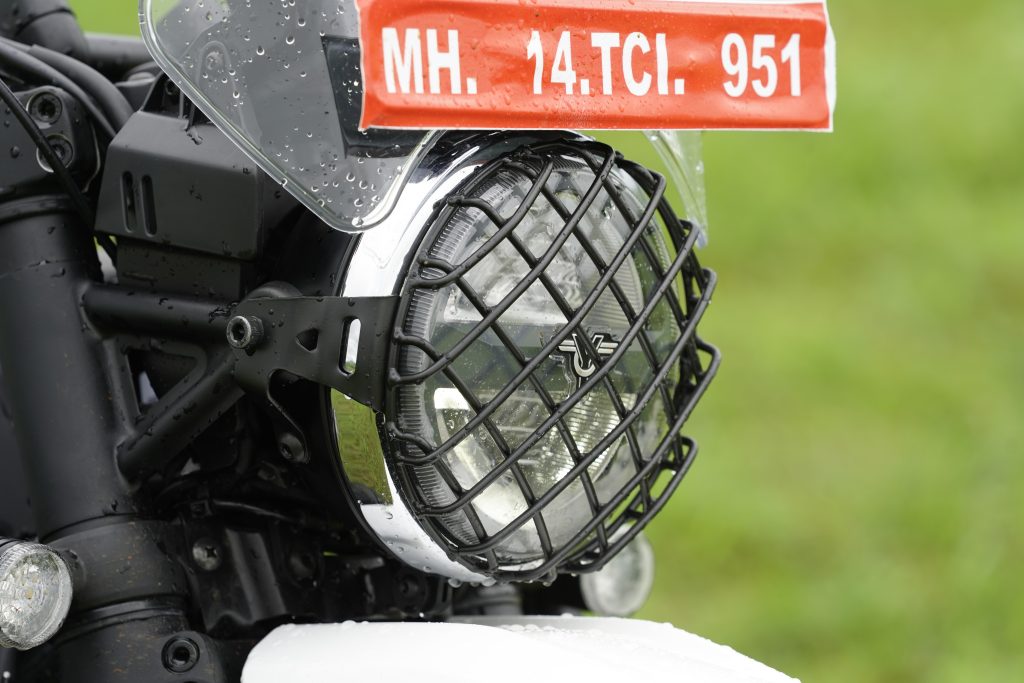
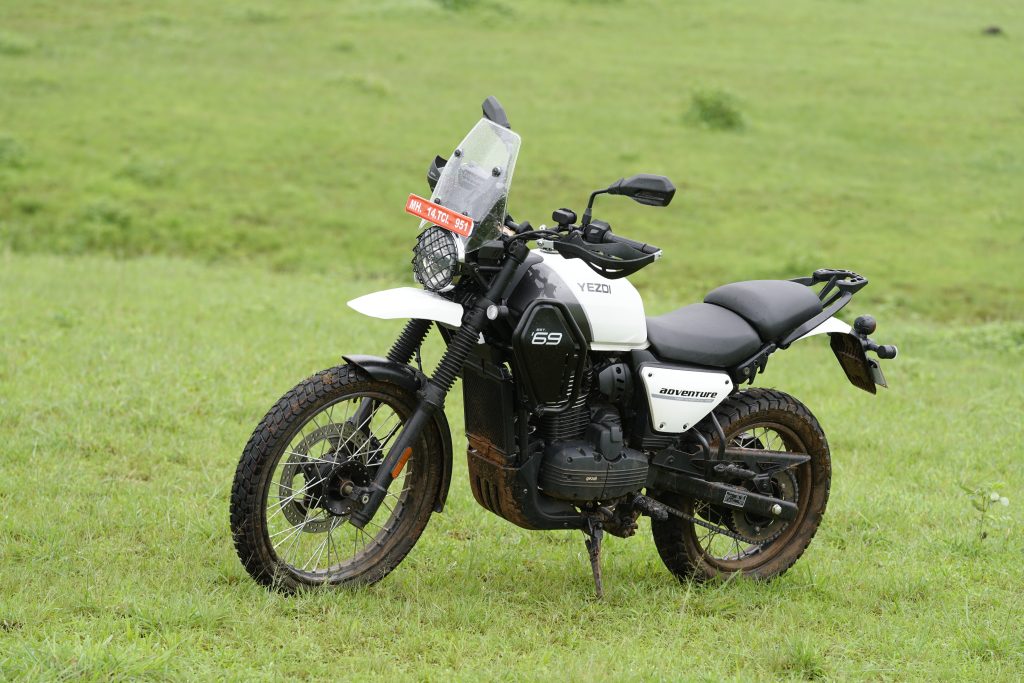
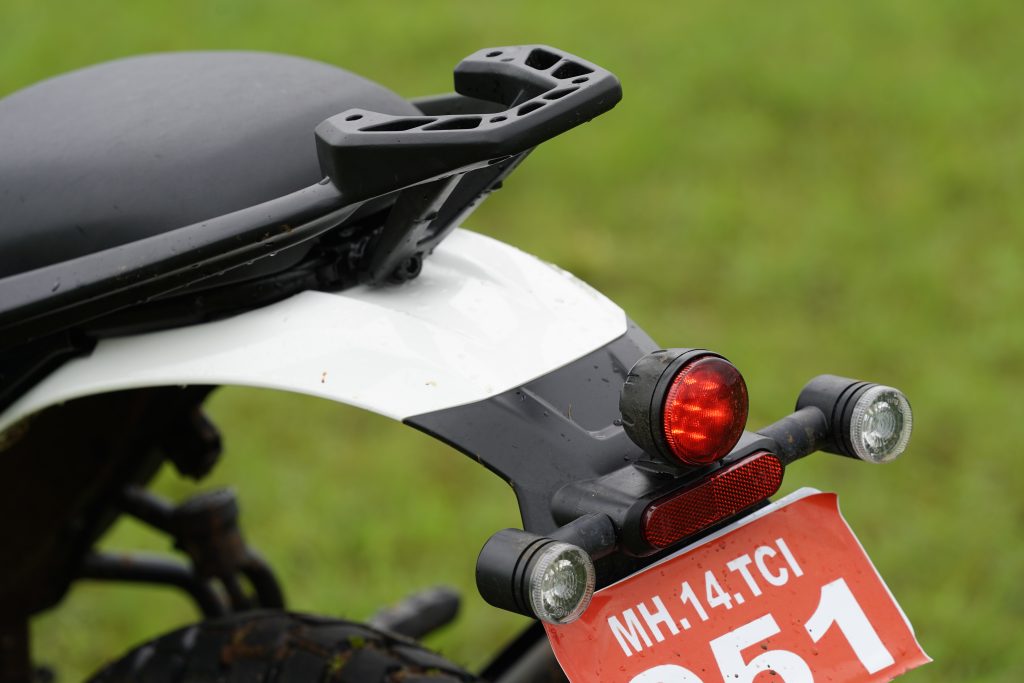

Leave a Reply